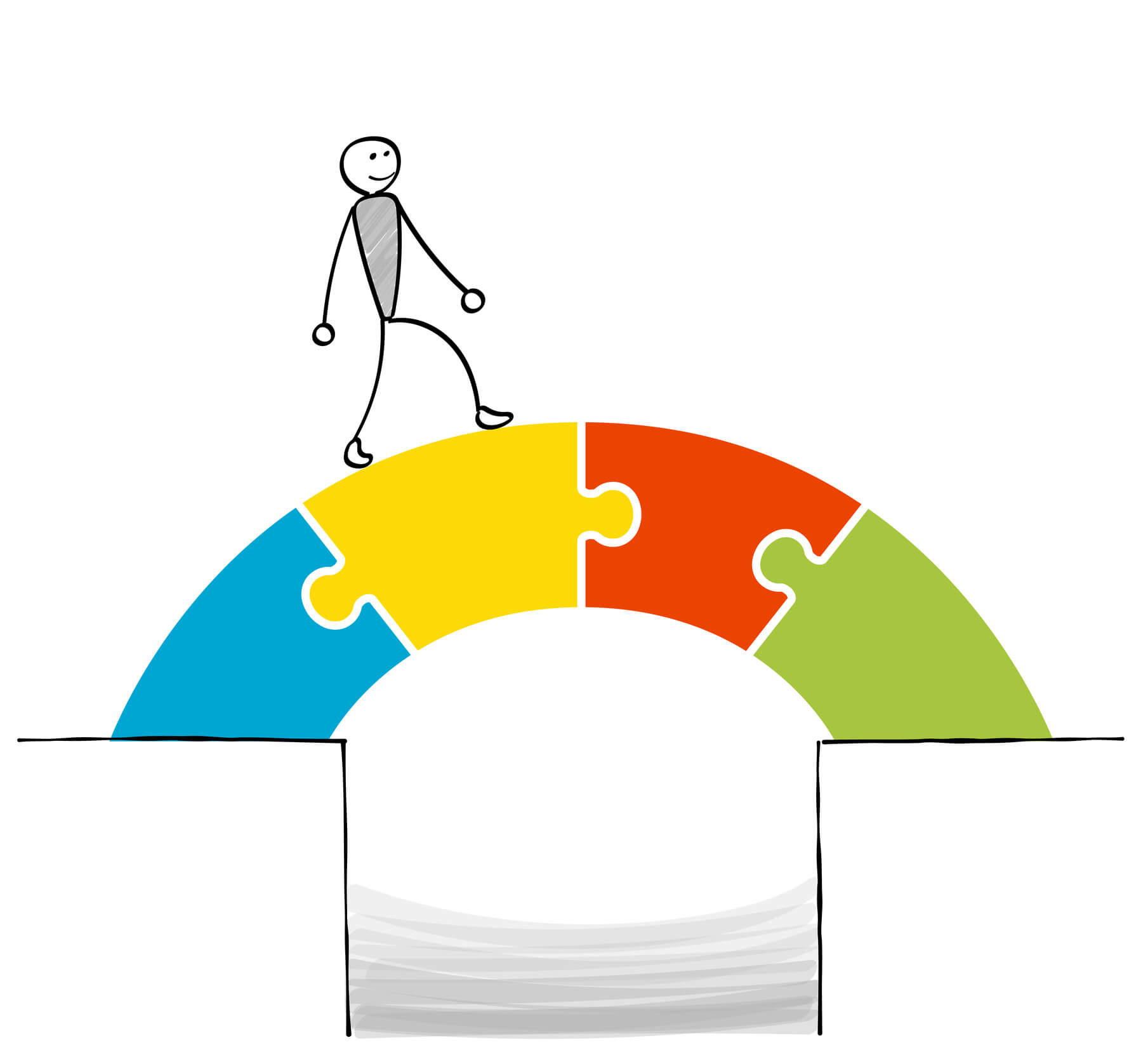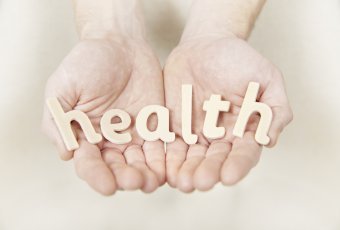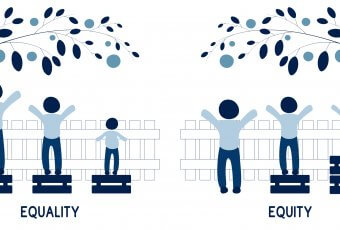HEALTH LITERACY | June 6, 2022
Health Literacy: A Bridge to Health Equity
Reading Time: 3 minutes

In the wake of the pandemic’s disparate impacts on different communities, healthcare organizations are exploring ways to advance their health equity initiatives. Given the fact that health literacy was identified as a valuable tool to help populations disproportionately affected by COVID-19, it is clear that addressing low health literacy can effectively improve health equity.
What is the Link Between Health Literacy and Health Equity?
Health literacy refers to an individual’s capacity to obtain, communicate, process, and understand basic health information and services to make appropriate health decisions. Health equity means that everyone has a fair and just opportunity to be as healthy as possible.
While the definitions are distinct, research shows that social determinants of health (SDOH) are a common denominator of health literacy and health equity. SDOH refer to a myriad of non-medical factors that ultimately shape health, including:
- Socioeconomic status
- Education
- Employment
- Job security
- Food insecurity
- Access to quality healthcare
- Social support networks
- Housing, basic amenities, and the environment
- Early childhood development
- Social inclusion and non-discrimination
People faced with challenges in any of these areas are at higher risk of low health literacy and health disparities. Researchers have also observed that inequities in health services and outcomes often stem from SDOH. A 2019 report published in Health Literacy Research and Practice notes a “significant overlap in demographic characteristics of those who are at risk for health disparities and low health literacy.” It concludes that impacted populations “could benefit from tailored interventions to improve their health literacy.”
Recently, Healthy People 2030 recognized the strong link between health literacy and health equity through its overarching goals: “Eliminate health disparities, achieve health equity, and attain health literacy to improve the health and well-being of all.” The initiative also expanded the definition of health literacy to include organizational health literacy: “The degree to which organizations equitably enable individuals to find, understand, and use information and services to inform health-related decisions and actions for themselves and others.”
Advancing Health Equity Through Health Literacy Interventions
An investment in health literacy is an investment in health equity. Health literacy principles make information clearer and more inclusive. Consistently applying a health literacy perspective to all communications and educational materials can help healthcare organizations achieve their goals for health equity. Here are some ways to incorporate a health literacy lens in your work:
- Adopt a health literacy assessment process
- Conduct training on health literacy skills for clinicians across all settings
- Use plain language in written and verbal communications
- Consider the language and cultural diversity of your community
- Make sure people who use assistive technology can access the information that you create
- Employ interactive methods, such as teach-back, to confirm understanding
- Consider that your intended audience may lack digital access or have low technological literacy
- Follow inclusive communication principles
- Use visual aids
- Test materials with your intended audiences
Health Literacy Resources
- CDC health literacy training
- Roundtable on Health Literacy
- Four Simple Strategies for Improving Patient Health Literacy
- Plain Language Materials & Resources
- Plain Language Action and Information Network
- How to Communicate More Clearly with Your Patients & Members
- Health Equity Guiding Principles for Inclusive Communication
- Health Literacy: A Valuable Tool in the Fight Against COVID-19
- How Health Literate is Your Organization?
- Use the Teach-Back Method (AHRQ)
- Health Literacy Measurement Tools (AHRQ)
Crossing the Bridge
Health literacy is a bridge to health equity. As many as 80 million American adults have limited health literacy, leading to health disparities because of the barriers they face in achieving positive health outcomes for themselves and their families. Healthcare organizations must assess their patient populations, identify how limited health literacy impedes access to services or adherence to treatments, and then develop appropriate interventions to improve health equity.
ACP Decisions empowers patients and healthcare providers to engage in meaningful shared decision-making and advance care planning. Reach out today to learn how your healthcare organization can utilize our video-based patient decision aids to reduce health disparities and drive health equity – empowering all patients to engage in medical decision making.
You might also like...

How Health Literate is Your Organization?
HEALTH LITERACY | 3 MIN READ


